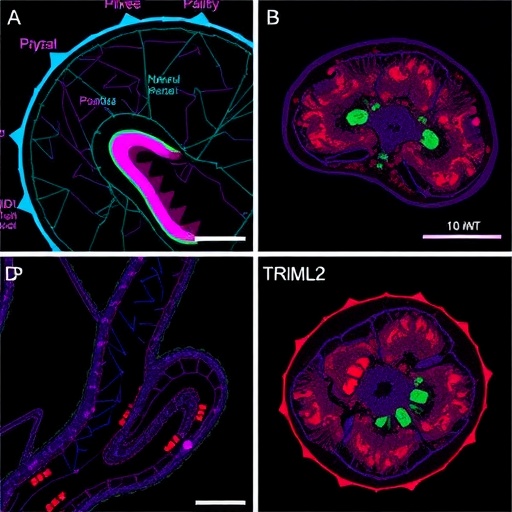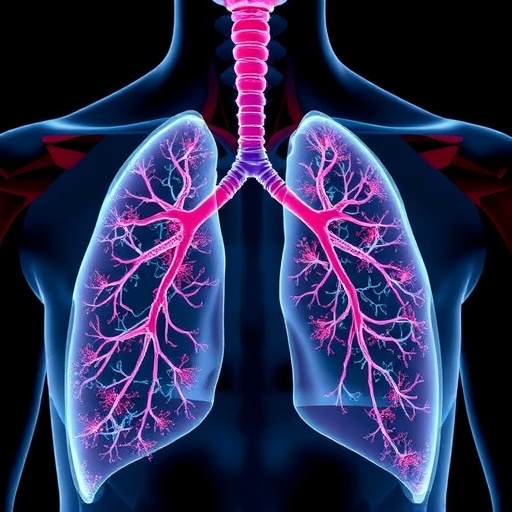Scientists at the University of York have discovered that parasites responsible for leishmaniasis – a globally occurring neglected tropical disease spread by sand flies – are mainly acquired from the skin rather than a person's blood.
Visceral leishmaniasis is a parasitic infection that kills 20-40 thousand people each year across 56 countries, mainly in the developing world. There is no vaccine and drugs are prohibitively expensive or toxic.
Previously it was assumed that sand flies acquired the disease parasite directly from a host's blood, through biting an infected person before spreading the disease to uninfected people in subsequent bites.
However, the number of parasites found in blood has often been puzzlingly low, leading some to question whether there is another source of parasites for transmission.
Now, mathematicians, experimental biologists and immunologists have revealed a 'patchy landscape of parasites' found on carriers' skin that determines how many parasites are picked up by sand flies.
Using mathematical modelling, they showed that some areas of skin can contain particularly high numbers of the parasite, while other areas may not.
This means that whether a sand fly becomes infected or not depends on where they bite a person.
This breakthrough is significant as it suggests current methods of treating leishmaniasis are too simple, as disease detection and treatment often focuses on levels of the parasite in blood samples.
The research also stresses that more attention should be focused on developing treatments that affect parasites in the skin, if the cycle of transmission is to be interrupted.
Johannes Doehl, Post-Doctoral Research Associate in York's Centre for Immunology and Infection and lead author of the study, said: "Currently, to assess treatment success in visceral leishmaniasis, clinicians focus on monitoring parasite levels in a host's blood.
"However, we now have conclusive proof that measuring parasites in the skin, not just the blood, is critical when assessing possible treatments. Clinical studies and elimination campaigns need to take this into account, and in particular measure how treatments affect the patchy landscape of parasites in the skin."
Dr Jon Pitchford, Reader in York's Departments of Biology and Mathematics, said: "To effectively control leishmaniasis, we don't just need to cure the disease in patients, we must also understand and try and break the transmission cycle. This research is the first step towards improving the treatment process and demonstrates how the application of mathematics can help solve important problems in medicine."
###
Media Contact
Saskia Angenent
[email protected]
44-019-043-23918
@uniofyork
http://www.york.ac.uk
############
Story Source: Materials provided by Scienmag




